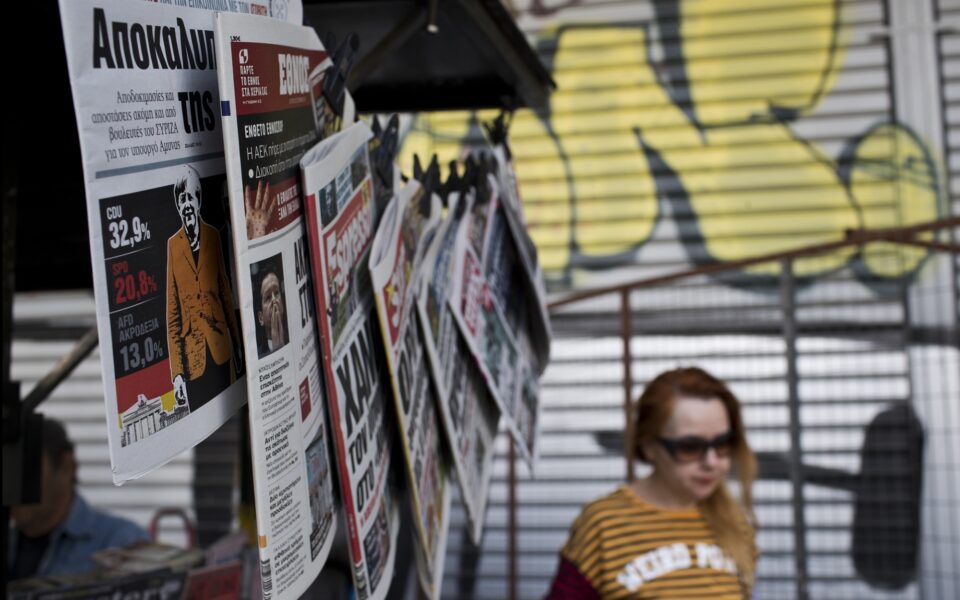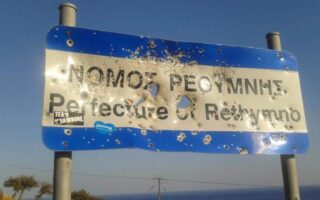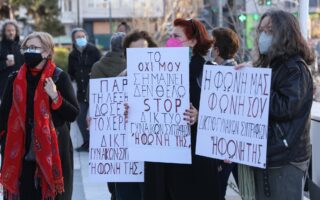Legal case files aired in public

The age of the victim could have acted as a deterrent, to give them a reason to better judge their decision, to contemplate the traumatic impact of everything that was said and everything that was written down. However, yet again, it was clear that they had left no room for any second thoughts. No hesitation, no care for the pain of others, even if with their acts they exposed – for a second time – a 12-year-old girl.
Certain journalists were not satisfied in the reproduction, word for word, of everything the girl from Kolonos said in her deposition to police officers but published photographs of whole pages of the case file online. Even if they attempted to claim these copies as some kind of trophy, a supposedly exclusive story, their practice was a sign of carelessness and laziness. They did not even bother to evaluate what they read, to filter the information, to consider the vulnerability of the victim and the possibility of retraumatizing her. After all, their goal in cases like this is not to inform, but to feed the voyeuristic instincts of their audience.
What is always important in cases like this is for the victim’s trust to remain unviolated, to make them feel safe, to make their testimony as expansive as possible
How could the child trust the police with anything else after everything they discussed – supposedly in confidence – is later shared on computer screens and televisions? Beyond the stigma for the child herself, this practice could even risk sinking the further building of the case, by affecting future follow-up testimonies. What is always important in cases like this is for the victim’s trust to remain unviolated, to make them feel safe, to make their testimony as expansive as possible. Based on the institutional framework, the 12-year-old should have given one, and only one, testimony, and that not at the Attica Police Headquarters but at the children’s home that is under the jurisdiction of the Justice Ministry. It is still unclear why this route was chosen instead.
The blind reproduction of whole case files is not, unfortunately, a new trend, like the fact that the many cameras waiting outside the victim’s home is not an unusual divergence from the coverage of other similar cases. It is the norm. A few years ago, whole unedited tracts of the confession of a man who had killed his 4-year-old daughter, Annie Borisova, in a basement on Michail Voda Street were made public. The editors took great care to present every macabre detail of his narrative. It has happened before and will happen again, as long as some continue to refuse to place themselves in the shoes of another.





